
A drog árnyékában
¥68.67
Укотре збираючись на традиц?йне сп?льне полювання, четверо друз?в нав?ть ? не здогадувались, що для декого з них воно буде останн?м у житт?. Бо тепер здобиччю стали вони: на них полю? ?нопланетна сутн?сть, як?й потр?бн? люди-нос??, щоб захопити ще одну планету. ?диним шансом на порятунок стають незвичайн? зд?бност?. Багато рок?в тому друз?в над?лив ними хлопчик, якого вони врятували. Але чи вистачить цього, щоб перемогти ?нопланетного супротивника? Ukotre zbirajuchis' na tradic?jne sp?l'ne poljuvannja, chetvero druz?v nav?t' ? ne zdogaduvalis', shho dlja dekogo z nih vono bude ostann?m u zhitt?. Bo teper zdobichchju stali voni: na nih polju? ?noplanetna sutn?st', jak?j potr?bn? ljudi-nos??, shhob zahopiti shhe odnu planetu. ?dinim shansom na porjatunok stajut' nezvichajn? zd?bnost?. Bagato rok?v tomu druz?v nad?liv nimi hlopchik, jakogo voni vrjatuvali. Ale chi vistachit' c'ogo, shhob peremogti ?noplanetnogo suprotivnika?
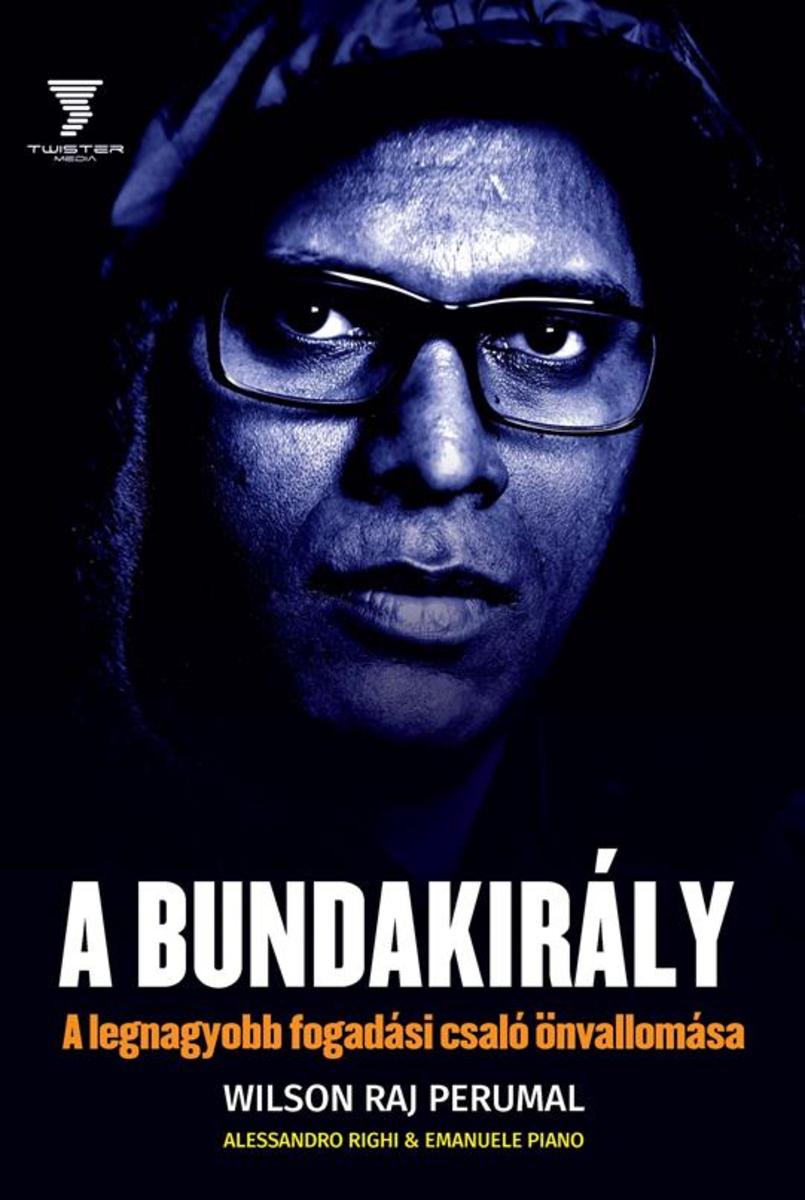
A Bundakirály
¥68.83
Более 100 разнообразных диет ? Безопасные способы похудения ? Советы по питанию и подбору диеты ? Наглядные таблицы с меню Избавиться от лишних килограммов – это просто! Важно лишь правильно подобрать диету, подходящую именно вам, – и результат не заставит себя ждать. Вы будете худеть, великолепно выглядеть и прекрасно себя чувствовать! В этой книге собрано множество вариантов традиционных и современных диет, правила и секреты оптимального питания, которые позволят стройнеть без особых усилий и закрепить полученные результаты. Диета для ленивых, кальциевая, рисовая, безуглеводная диеты, гречневая, кефирная, голливудская, кремлевская, средиземноморская диеты, диеты Аткинса, Дюкана и другие – выбирайте свой вариант! Наглядные и удобные таблицы с меню для каждой диеты сделают процесс похудения еще менее хлопотным! Bolee 100 raznoobraznyh diet ? Bezopasnye sposoby pohudenija ? Sovety po pitaniju i podboru diety ? Nagljadnye tablicy s menju Izbavit'sja ot lishnih kilogrammov – jeto prosto! Vazhno lish' pravil'no podobrat' dietu, podhodjashhuju imenno vam, – i rezul'tat ne zastavit sebja zhdat'. Vy budete hudet', velikolepno vygljadet' i prekrasno sebja chuvstvovat'! V jetoj knige sobrano mnozhestvo variantov tradicionnyh i sovremennyh diet, pravila i sekrety optimal'nogo pitanija, kotorye pozvoljat strojnet' bez osobyh usilij i zakrepit' poluchennye rezul'taty. Dieta dlja lenivyh, kal'cievaja, risovaja, bezuglevodnaja diety, grechnevaja, kefirnaja, gollivudskaja, kremlevskaja, sredizemnomorskaja diety, diety Atkinsa, Djukana i drugie – vybirajte svoj variant! Nagljadnye i udobnye tablicy s menju dlja kazhdoj diety sdelajut process pohudenija eshhe menee hlopotnym!

Berlin Noir: Sápadt Gonosztev?
¥57.31
A Magánügyb?l megismert magánnyomozó, Dave Bexley ismét úgy érzi, minek elvállalni egy ügyet, ha kett?t is lehet - aztán j?n a t?bbi magától. El?sz?r egy bánatos víg ?zvegy orvul meggyilkolt férjének gyilkosát kell el?keríteni, majd egy bájakkal er?sen megáldott h?lgy zsarolóit megállítani. Tetejében még megtalálja a titkosszolgálat is, hogy elveszett biológiai fegyverek után kutasson. ?s, mivel a nap 24 órából áll, képbe kerül a korábban elt?ntnek hitt, titokzatos Leslie Morton is, és az általa hajszolt mágnesfegyver.Bár Dave néha úgy érzi, csupán gyalog a sakktáblán - de tudjuk jól, akár egy gyalog is képes játékokat eld?nteni.

Szív-hangok 2.: Nem csak egy év
¥34.58
Проверенные веками рецепты целителей! ? Рецепты отваров, настоев, мазей из целебных трав ? Лечение недугов медом, глиной, яблочным уксусом, луком, чесноком ? Исцеление словом: заговоры и шепотки от болезней Народные знахари бережно хранят древние секреты лечения недугов, укрепления душевных сил и оздоровления всего организма. Сегодня эти секреты откроются вам. Благодаря лечебнику с огромным количеством народных способов исцеления травами, чистой водой, ягодами, медом, глиной и другими дарами природы, а также заговорам от сглаза, всякой напасти, злых слов и порчи, различных недугов вы избавитесь от:? простудных и воспалительных заболеваний ? болезней сердца, желудка, суставов ? головных болей, повышенного давления ? аллергии и болезней обмена веществ.Proverennye vekami recepty celitelej! ? Recepty otvarov, nastoev, mazej iz celebnyh trav ? Lechenie nedugov medom, glinoj, jablochnym uksusom, lukom, chesnokom ? Iscelenie slovom: zagovory i shepotki ot boleznej Narodnye znahari berezhno hranjat drevnie sekrety lechenija nedugov, ukreplenija dushevnyh sil i ozdorovlenija vsego organizma. Segodnja jeti sekrety otkrojutsja vam. Blagodarja lechebniku s ogromnym kolichestvom narodnyh sposobov iscelenija travami, chistoj vodoj, jagodami, medom, glinoj i drugimi darami prirody, a takzhe zagovoram ot sglaza, vsjakoj napasti, zlyh slov i porchi, razlichnyh nedugov vy izbavites' ot:? prostudnyh i vospalitel'nyh zabolevanij ? boleznej serdca, zheludka, sustavov ? golovnyh bolej, povyshennogo davlenija ? allergii i boleznej obmena veshhestv.
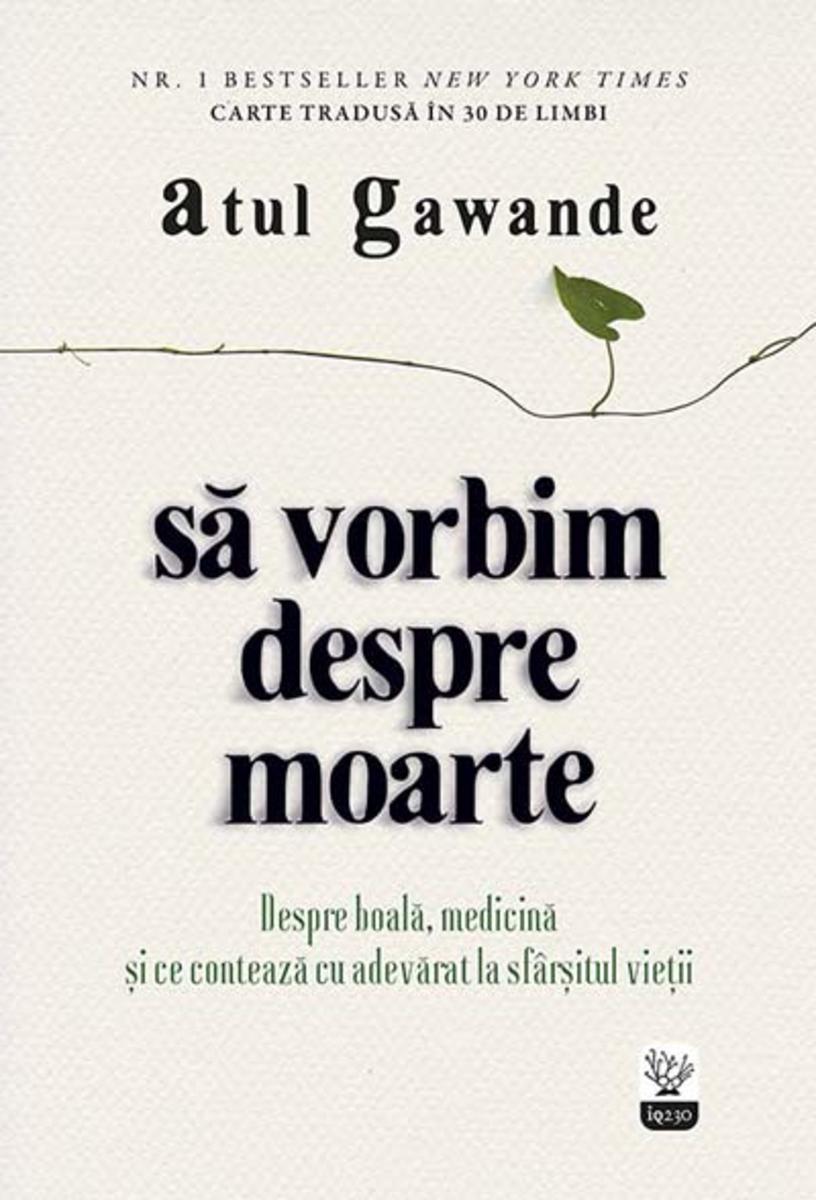
S? vorbim despre moarte. Despre boal?
¥49.62
Emma 11 évesen nekivág Európának, hogy megtalálja azt a szeretetet és békét, amit Londonban elveszített. ?m úgy t?nik, a sors még mást is el akar venni t?le: ?t, saját magát. Hollandiában egy viharos éjszaka után már nincsenek emlékei. Nem tudja, ki ?, és honnan j?tt. Egy új, szépnek ígérkez? élet veszi kezdetét egy mesés erdei iskolában, amely életet azonban hamarosan rettegett árnyak fenyegetik meg. Pusztulni kezd a város, pusztulni kezd a lány új otthona is. Mintha ? sehol nem lehetne boldog. Vajon elég bátor és eszes ahhoz, hogy meg?rizhesse ezt az életét, vagy err?l is le kell mondania? Vajon elég er?s, hogy megmentse barátait az utcára kerülést?l és a haláltól? Vajon megleli emlékeit? ?s vajon képes meg?rizni ?nmagát, vagy a világ árnyai ?t is megmérgezik?

Kóborlásaim az élet ?svényén
¥58.04
A Szív-hangok - Csak egy év-, amin mindenki sírva fakadt: Most folytatódik! Két gyászoló szív. Levente a testvérét, Anna pedig a szerelmét vesztette el. Az újrakezdést mindketten egészen máshogy képzelték el: ?? –? Megmentetted az életemet, és ezért ?r?kre hálás leszek. Sosem fogom tudni elégszer megk?sz?nni… De ez nem változtat azon, ahogy érzek. Mi nem lehetünk barátok. – Id?vel sem? Anna felsóhajtott. Harag ?nt?tte el, amiért a fiú nem képes elfogadni a d?ntését. – Nem, Levi, kés?bb sem. A szerelmem szívét hordod! – felelte indulatosan.” Az élet ingoványos ?svényén így kül?n folytatják útjukat, de még ?k sem menekülhetnek a végzetük el?l! A sors újra kezébe veszi az irányítást: ?j emberek, új kapcsolatok. Egy családi titok, mely a felszínre t?r. Féltékenység, hazugság, és egy mélységes szerelem, melyet a halál sem képes elválasztani… ? Anna ez a szív, még mindig érted dobog!”

A Doll's House: Illustrated
¥8.09
Tárna Barni tizenkettedik születésnapja nem kezd?dik valami jól. Reggel zuhogó es?ben kell megsétáltatnia a kutyát. Egy újabb rémes iskolai nap vár rá, mert a suliban gonosz osztálytársa, Ged? meg az a hátborzongató Ostoros igazgatón? folyton megkeseríti az életét. Ráadásul nyomtalanul elt?nt apukájától sem kap még egy képeslapot sem. Nem csoda, ha Barni bánatában azt találja mondani: ?Bárcsak macska lennék!”. De vigyázz, mit kívánsz! Mert bizony a macskalét sem fenékig tejf?l... Ez a regény olyan izgalmas, hogy ha elkezded, a házi feladatra már biztos nem marad id?d! Amennyiben ez t?rténne, az óra el?tt jelentsd az esetet tanárodnak, és add k?lcs?n neki a k?nyvet! Matt Haig (1975) számtalan díjnyertes feln?tt- és ifjúsági regény szerz?je, forgatók?nyvíró, újságíró. K?nyvei k?zel 30 nyelven olvashatók. Feleségével és két gyermekével Yorkban él, és azt állítja, a pletykákkal ellentétben soha életében nem volt macska. (V?r?s kandúr meg aztán végképp nem!) Stacey Curtis díjnyertes amerikai karikaturista, képregényrajzoló, illusztrátor. Számos sikeres gyerekk?nyvh?z készített illusztrációt. Chicagoban él feleségével, lányával és a kutyájukkal. Egyáltalán nem tartja kizártnak, hogy élt már macskatestben. (Szerencsére a kutyájuk nem emlékszik erre.)

Швидке консервування. Холодне ? гаряче
¥17.74
Сьогодншнй ранок минув довол продуктивно — я проклала пвденну межу кордону раку, — так писала в одному з свох листв до батька героня роману Джорджини Говелл. це не вигадка, не перебльшення… Ц слова належать ертруд Белл — британськй письменниц, мандрвниц й дослдниц початку ХХ ст., археологу картографу. Саме рука малювала кордони мж новтнми раком, Сирю, Палестиною, Йорданом, Саудвською Аравю.Велик статки високий статус родини пророкували ертруд благополучне свтське життя, та вона обрала нший шлях… Першою з вропейцв перетнула Сирйську пустелю, об’здивши на спин верблюда вс куточки Месопотам. Органзувала перш вибори в раку, долучившись до створення його конституц. Дослдила культуру звича бедунв Близького Сходу й заснувала в Багдад Нацональний музей. про все це ми дзнамося з щоденникв численних листв, фрагменти яких Дж. Говелл наводить у роман.Книга розповда про жнку-легенду ертруду Белл — британську розвдницю водночас доврену особу багатьох аравйських шейхв, як нарекли Хатун — Королева.

Szabadulj meg a pasitól!
¥63.85
G?rnyed? hátak lakatják jól a gyomrot. . . . Ebben a leny?g?z? és egyedi k?nyvben Michael Gibney mind?ssze huszonnégy óra t?rténetébe s?rítve eleveníti fel mindazt a sokrét? bajtársi viszonyt és kulináris koreográfiát, amely egy elit New York-i étterem mindennapjait jellemzi. Az olvasó igazi információ-záporban tudja meg, hogyan is készül el egy-egy pazar fogás - avagy a kiválóság útja fáradtsággal van kik?vezve... Az egyes szám második személyben megszólaló Sous Chef t?rténete egy magával ragadó, adrenalin f?t?tte futam, ahol az olvasó a kibic szemsz?géb?l leshet be az étkeztet?-ipar kulisszái m?gé, és r?vid id?re maga is belakhatja a konyha ajtaja m?g?tti titkos világot. A rendszeres étteremlátogatók és az ínyencek számára mulatságos, részletes, bizalmas beszámoló a kezd? szakácsok el?tt is ?szintén feltárja, mivel jár szakmai j?v?jük, mik?zben tisztelettel adózik a séfek karrierjét megalapozó nehéz és komoly elhivatottságot k?vetel? munka el?tt. Egy olyan konyhában, ahol a legmagasabb k?vetelményeknek kell megfelelni, és a legkisebb bakl?vés is katasztrófához vezethet, a Sous Chef a kifinomult ?tletekre helyezi a hangsúlyt, amelyek mind az emlékezetes és ínycsiklandozó végeredményt szolgálják. A karcos humorral megírt, szellemes prózában Michael Gibney kend?zetlenül nyers, de mégis csodás jellemzést ad err?l az emberpróbáló, néha mégis alábecsült szakmáról, árnyalt képet festve az ételkészítés és felszolgálás m?helytitkairól. ,,Szédít? vágta, érzelmi hullámvasutazás, amelyben az olvasó is átélheti mindazt a drámát, feszültséget, ?r?m?t, csüggedést és megk?nnyebbülést, amely egy elegáns manhattani étterem konyhájának munkáját kíséri."-- USA Today ,,Leny?g?z? és mulatságos... Gibney nemcsak ügyes megfigyel?, hanem a séfszakma mestere és kiválóan ismeri a profi konyhák m?k?désének minden titkát."--The Boston Globe ,,Gibney k?nnyed megfogalmazásban elképeszt? mennyiség? szakmai információt k?z?l a konyhai hozzávalókról és módszerekr?l."--The Wall Street Journal ,,A Sous Chef elárulja, micsoda szédült táncot járnak mások a mi vacsoránkért."-- NPR
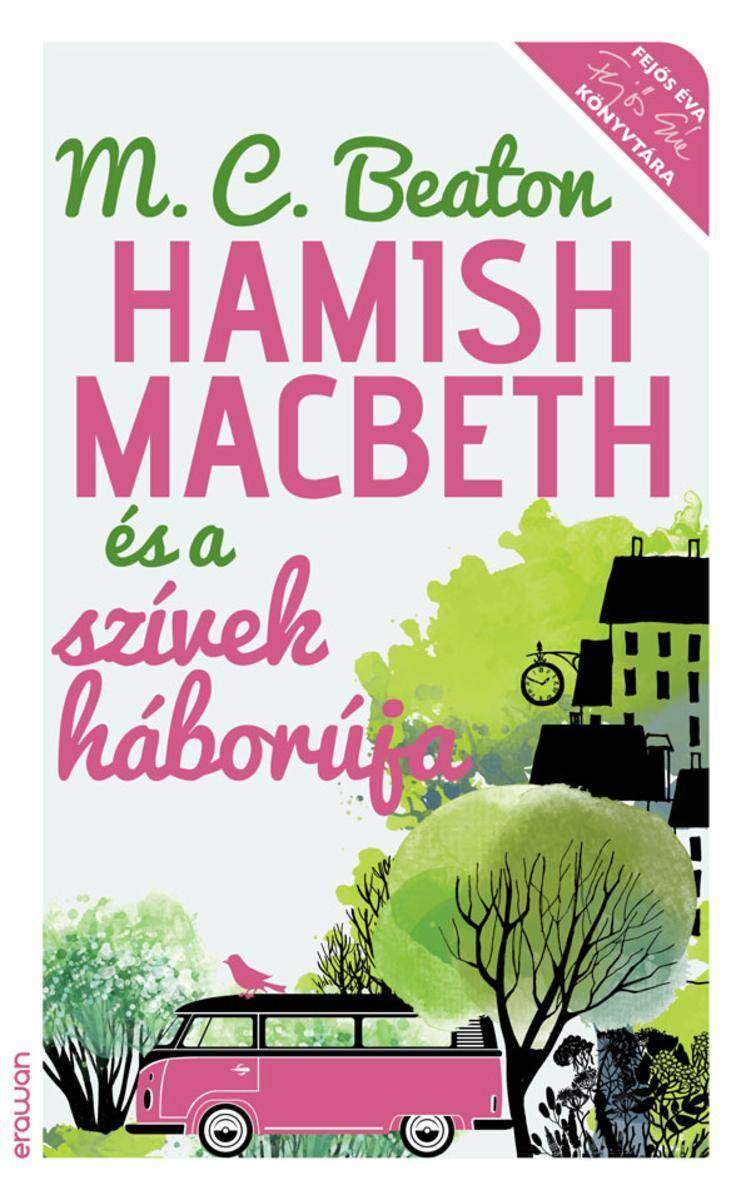
Hamish Macbeth és a szívek háborúja
¥77.50
"A szekér nem volt nagy, amolyan k?z?nséges parasztszekér volt, amilyen szinte minden portán akadt, amíg el nem rekvirálták a katonák. Ezt már, jól látszott, annyira kikezdte szú, hogy talán azért maradt meg a gazdának. ?desapám mégis bátran felpakolt mindent, amit édesanyám mondott, így hát senkinek sem volt kényelmes ül?helye a kosarakon, batyukon és ládákon, csak annak a szigorú embernek, aki a lovakat hajtotta. Arra emlékszem, hogy akkora kezei voltak, mint egy szénázó favilla. A jobbikban a gyepl?t tartotta, a másikban az ostort. Nem kímélte a lovakat. Lépten-nyomon megcsapta, hol az egyiket, hol a másikat. Néha úgy éreztem, hogy nekem is fáj, mikor végighúzott a lovak tomporán. K?zben megvolt a saját bajom. Az a kis vaspántos láda, amin kucorogtam, alaposan belenyomódott a fenekembe, és lábaimat sem tudtam jól mozgatni, hol az egyik zsibbadt el, hol a másik. Mindenféle holmik voltak k?rül?ttem, és csak egy arasznyi résen láthattam el?re, kül?nben pedig csak az eget és a hajnali fényben fürd? felh?ket láthattam. A szekéren hátul, a saroglyában Dédinek alakított ki helyet édesapám, k?rül is rakta dunyhával, még a nagy csergét is aláterítette, mert Dédi már ?reg is volt, beteg is volt, járni meg alig tudott, így hát egy kicsit kényeztetni kellett." A dédi ládája és a háborús menekülés.

A n?, aki máshol ébredt
¥119.27
***T?bb, mint 70 millió eladott k?nyv írója***A szórakoztatóan izgalmas sorozat els? darabja egy csapat kül?nleges n? nyomába ered, akik elhatározzák, hogy lépésr?l lépésre kivívják a maguk igazát. Nikki Quinnt felfoghatatlan csapás éri, amikor legjobb barátn?je, Barbara egy cserbenhagyásos gázolás áldozata lesz, a gázoló ráadásul diplomáciai mentességet élvez. De míg Nikkinek ott van a munkája és a szereleme - a helyettes államügyész Jack Emery -, addig Barbara anyjának, Myrának semmi nem marad, amiért érdemes lenne élnie. A bosszúvágy és a harag poklában verg?dve Myra már-már egészen elemészti magát, amikor... egy nap a tévéhíradóban megpillantja Marie Lewellent, akinek a lánya egy gyilkosság áldozata lett. Az asszony saját kezébe veszi a bíráskodást, és lel?vi a lánya gyilkosát. Myra fejében ekkor megszületik a gondolat, és egy hónap múlva Nikkivel ?sszetoboroznak egy n?i csapatot, amelynek tagjaiban egyvalami k?z?s: kivetette ?ket magából az amerikai igazságszolgáltatási rendszer. A lesújtott lányok azonban nem t?rnek meg, s?t, készen állnak rá, hogy felvegyék a harcot a sorsukkal, és elégtételt vegyenek a b?n?s?k?n.?Els?ként Kathryn, a kamionsof?r ügyét veszik kézbe. Kathrynt sok éve meger?szakolta három motoros egy autópálya menti parkolóban, mik?zben mozgásképtelen férje tehetetlenül végignézte a kamionból. A sz?vetségbe t?m?rül? n?k kidolgozzák a bosszút, de mivel a széthúzás is felüti k?ztük a fejét, megjósolhatatlan, hogy m?k?dni fog-e terv - mígnem elérkezik az igazság pillanata.?Fern Michaels amerikai írón?, k?zel 150 bestseller sikerk?nyv szerz?je, 70 milliós eladott példányszámmal a háta m?g?tt. Romantikus regényei, krimijei világszerte népszer?ek, rendszeresen vezetik a sikerlistákat, a magyar olvasók számára sem ismeretlen.

Takard el az arcát
¥56.57
n a Bukovina Kiadó 2016 tavaszán meghirdetett meseillusztrációs rajzpályázatának eredményeként született két meseknyv egyikét tartja a kezében. A Kiadó munkájának célja a bukovinai székely kultúra megrzése és átrkítése a jv nemzedékének. Ennek a trekvésnek a részeként hívtuk életre a rajzpályázatot, melyre számos szebbnél szebb pályam érkezett, nehéz helyzetbe hozva ezzel a zsri tagjait. A legjobbak helyet kaptak a ktetekben, illetve a borítón. Kellemes idtltést kívánunk a család minden tagjának a knyv olvasásához!
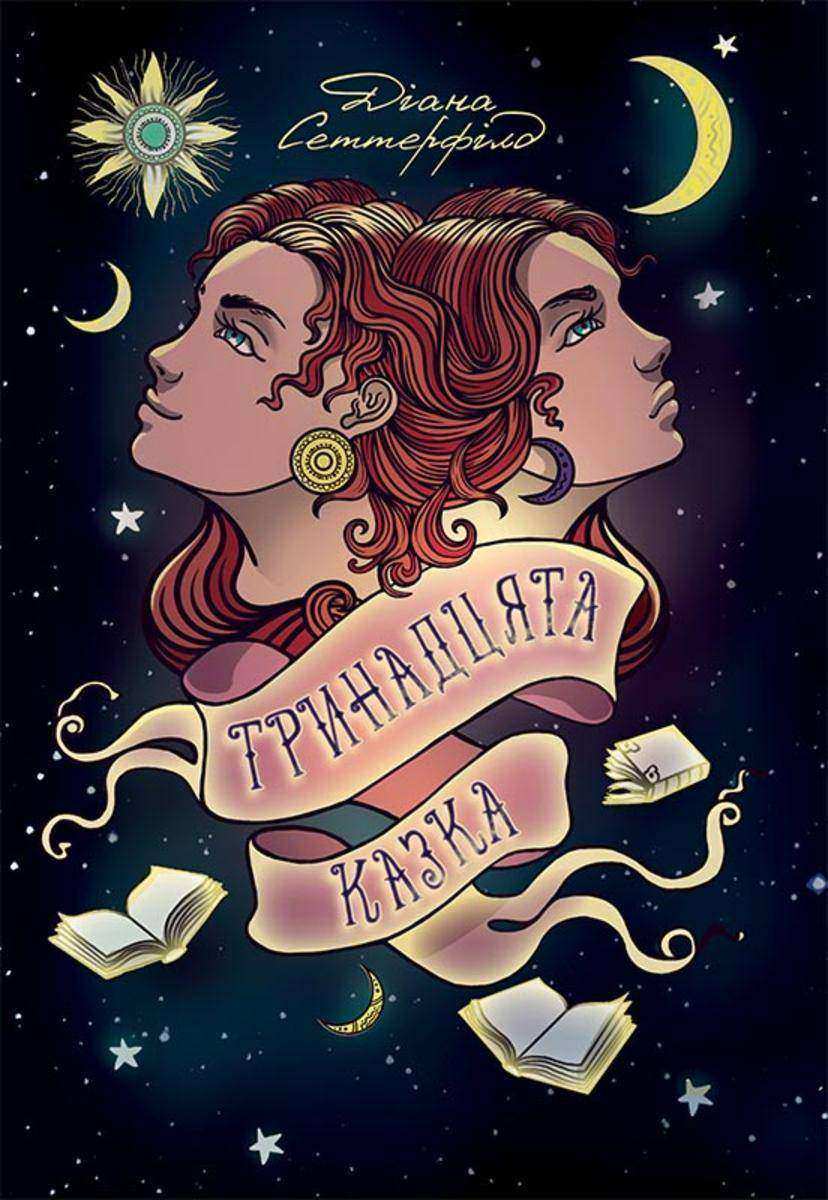
Тринадцята казка (Trinadcjata kazka)
¥27.22
Одного дня життя дев’ятир?чного хлопчика повн?стю зм?нилося. Дитяча ц?кав?сть обернулася страшною пожежею, внасл?док яко? хлопчик отримав оп?ки майже усього т?ла. Пробувши у л?карн? п’ять м?сяц?в, в?н пережив ампутац?ю пальц?в та бол?сну реаб?л?тац?ю. Але якщо рубц? на т?л? можна прикрити одягом, то що робити ?з душевними шрамами? Чи можна п?сля цього мр?яти про повноц?нне щасливе життя? ?У полум’?? — це книга-спов?дь про незламн?сть, пошук себе ? велику роботу на шляху до усп?ху. Вона написана на основ? реальних под?й, як? зм?нили життя багатьох людей.
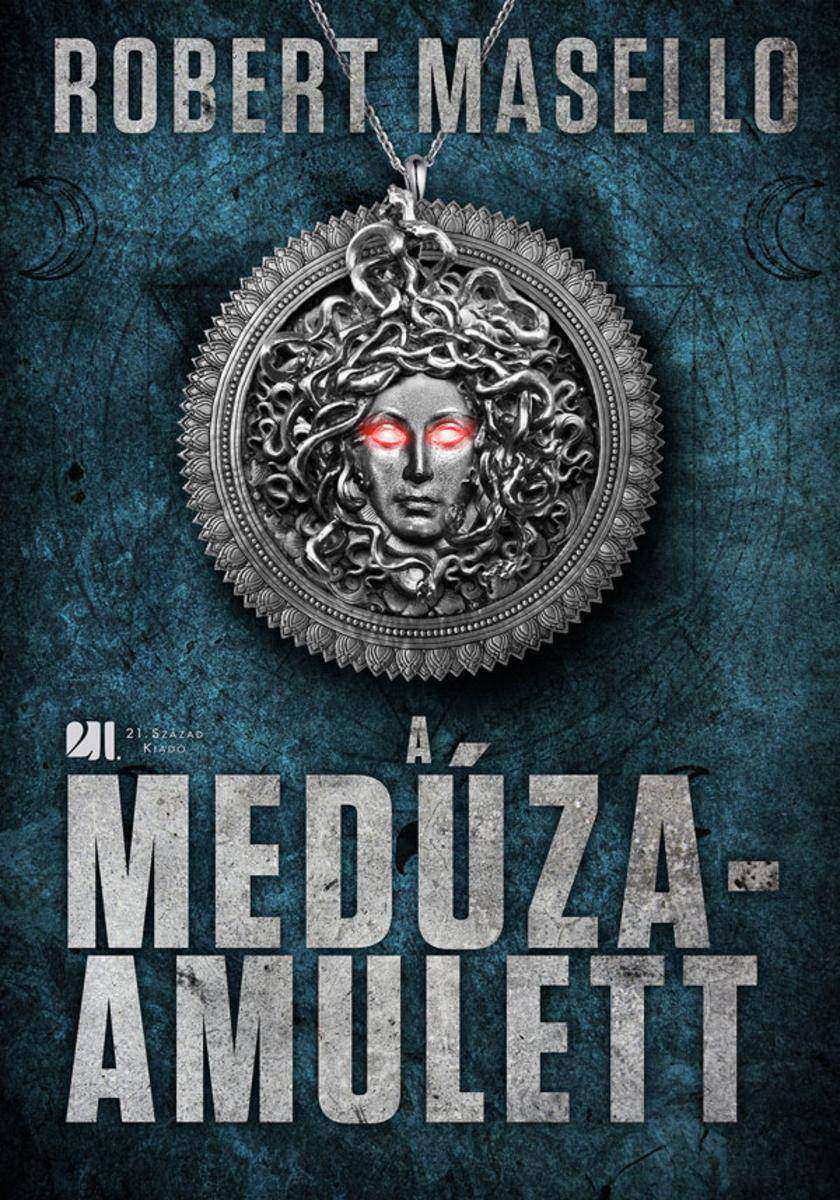
A Medúza-amulett
¥65.15
n a Bukovina Kiadó 2015 szén meghirdetett meseillusztrációs rajzpályázatának eredményeként született két meseknyv egyikét tartja a kezében. A Kiadó munkájának célja a bukovinai székely kultúra megrzése és átrkítése a jv nemzedékének. Ennek a trekvésnek a részeként hívtuk életre a rajzpályázatot, melyre számos szebbnél szebb pályam érkezett, nehéz helyzetbe hozva ezzel a szakmai zsri tagjait. A legjobbak helyet kaptak a ktetekben, illetve a borítón. Kellemes idtltést kívánunk a család minden tagjának a knyv olvasásához!

A Zrt.: Politikai krimi
¥28.53
Sz?cs Iza okos, modern n?, lelkiismeretes orvos – és odaadó gyermek. Mindent megad ?zvegyen maradt anyjának, felk?lt?zteti Budapestre, ahol kényelmes élet várja Sz?csnét. Csak azt nem adja, amire anyjának a legnagyobb szüksége volna: ?nmagát. Nem látja, hogy anyagi javakkal nem lehet kiváltani a t?r?dést, és nem érti, hogy a gondoskodásnak az is része, ha hagyjuk, hogy a másik gondoskodjon rólunk. Férje sírk?vét felállítandó Sz?csné hazatér a városba, ahol egész életét leélte. Egy k?d?s, ?szi estén sétára indul fiatalkori találkáik színhelyére, s a feltétel nélküli szeretet, amely Izából olyannyira hiányzik, végre megmutatja neki az utat. A Pilátus egy anya t?rténete, aki le akarja venni lánya válláról a kellemetlen terhet, amelyet ? maga jelent.

Proliregény: Emlékezni szabad, ugye?
¥73.00
Lecter Hannibal óta nem volt ennyire zseniális sorozatgyilkos. Dr. Hamish Wolfe intelligens, karizmatikus és nagyon meggy?z? orvos. Ek?zben olyan sorozatgyilkos, akit három n? kegyetlen meggyilkolásáért ítéltek el életfogytig tartó b?rt?nbüntetésre. Maggie Rose briliáns elméj?, elfoglalt ügyvédn?. Jogi praxisa mellett bestseller krimiket ír, specialitása a megt?rtént eseteken alapuló b?nügyi t?rténetek. Rejtélyes, visszahúzódó természet. Hamish szerint csakis Maggie szabadíthatja ki ?t a b?rt?nb?l. Letartóztatása óta ártatlannak vallja magát, és alig várja, hogy Maggie segítségével felülvizsgálják az ügyét. Maggie habozik. Pedig az orvos azt is megengedné, hogy k?nyvet írjon az esetr?l. De mi van, ha valaki titokban már rég elkezdte írni a kettejük t?rténetét? ?A rémület a csontodig hatol." - Paula Hawkins, A lány vonaton szerz?je. ?Sokkolóan okos thriller." - USA Today. ?Bravúros utazás az ?rült elmék bels? világába." - The Independent. ?A thriller m?faj új királyn?je." - Huffington Post. ?Leveg?t sem kapsz az végs? fordulatig." - Woman and Home. ?Mesterien megszerkesztett t?rténet." - The Sunday Express.
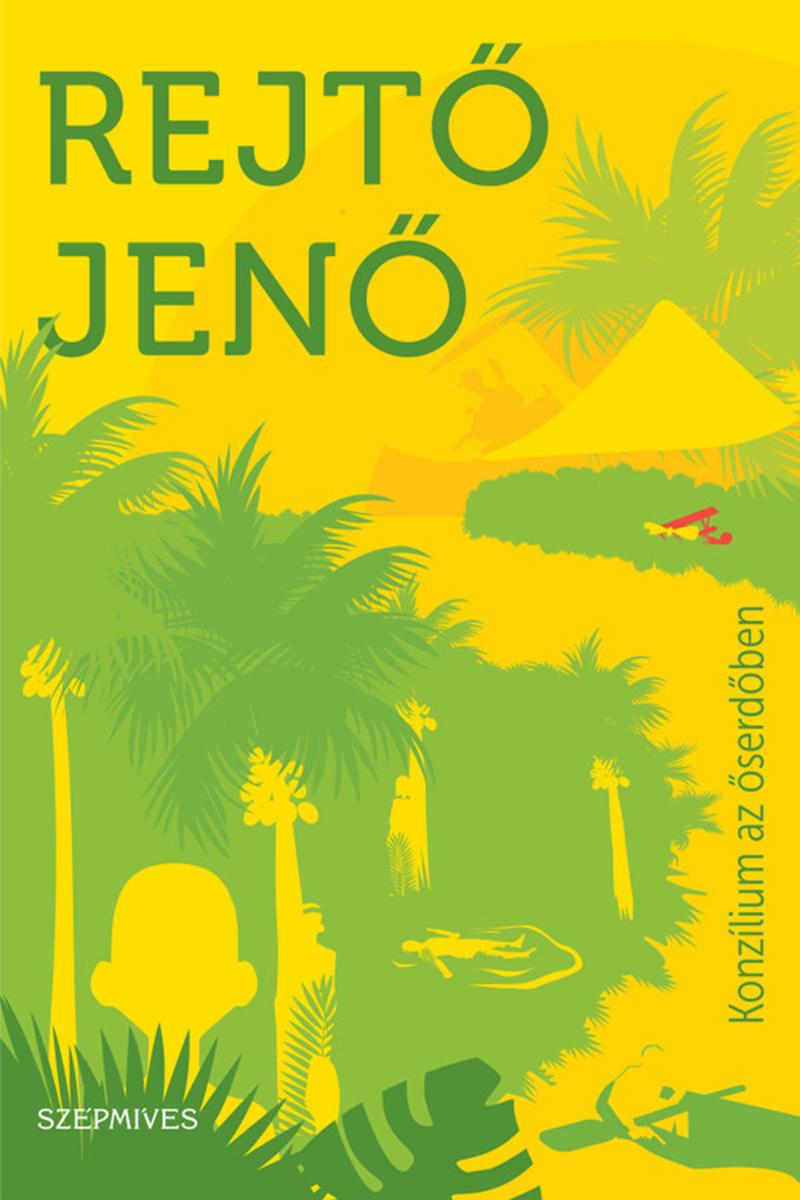
Konzílium az ?serd?ben
¥58.29
Mi leszek, ha nagy vagyok?Németh Márton ezt a kérdést tette fel magának huszonhét évesen, amikor már b?ven túl volt a pályakezdésen, elindult a karriere, és minden úgy alakult, ahogy a nagy k?nyvben meg van írva. Mégsem volt elégedett, valami hiányzott. Egyik napról a másikra d?bbent rá, hogy mennyire nem azon az úton halad, amin szeretne: olyan alkalmazott, aki kevésért dolgozik sokat, mások jólétét gyarapítja, nem a saját érdekeit tartja szem el?tt.Vajon egyedül ? a felel?s azért, hogy így alakult? Feln?tt egyáltalán? Tud még változtatni? Az ?szinte válaszokért – még ha fájnak is – lelke legmélyére kellett leásnia, hogy megtalálja igazi ?nmagát.A szerz? a saját életén keresztül mutatja be a mai magyar pályakezdés nehézségeit, buktatóit, valamint az alkalmazotti státuszból, a karrierlétra aljáról való felt?rést. A fiatalok sok információt hallhatnak arról, hogyan kéne egyr?l a kett?re jutni, azonban azt senki nem mondta el nekik, hogyan is lépjenek nulláról az egyre. Eddig.

Sz?vetség
¥11.12
Более 500 рецептов! ? Домашний кагор ? Ореховое шампанское ? Клубничное вино ? Рябиновый самогон ? Липовая медовуха ? Тминная водка ? Ежевичная ратафия ? Виски с дымком ? Запорожское пиво ? Ликер ?Бенедиктин? ? Традиционный вермут ? Хреновуха ? Коньяк с грецким орехом ? Вишневка и терновка Используя детальные рекомендации и доступное оборудование, вы сможете приготовить красные и белые, сухие, крепленые и игристые, сортовые и купажированные, виноградные и плодово-ягодные вина. Подробно описан весь процесс от подготовки сусла и браги до фильтрации, очистки, облагораживания и ароматизации пряностями и душистыми травами. Кроме того – пошаговое приготовление домашнего самогона из сахара, а также зерна, овощей и фруктов и более 30 рецептов домашнего пива!Bolee 500 receptov! ? Domashnij kagor ? Orehovoe shampanskoe ? Klubnichnoe vino ? Rjabinovyj samogon ? Lipovaja medovuha ? Tminnaja vodka ? Ezhevichnaja ratafija ? Viski s dymkom ? Zaporozhskoe pivo ? Liker ?Benediktin? ? Tradicionnyj vermut ? Hrenovuha ? Kon'jak s greckim orehom ? Vishnevka i ternovka Ispol'zuja detal'nye rekomendacii i dostupnoe oborudovanie, vy smozhete prigotovit' krasnye i belye, suhie, kreplenye i igristye, sortovye i kupazhirovannye, vinogradnye i plodovo-jagodnye vina. Podrobno opisan ves' process ot podgotovki susla i bragi do fil'tracii, ochistki, oblagorazhivanija i aromatizacii prjanostjami i dushistymi travami. Krome togo – poshagovoe prigotovlenie domashnego samogona iz sahara, a takzhe zerna, ovoshhej i fruktov i bolee 30 receptov domashnego piva!
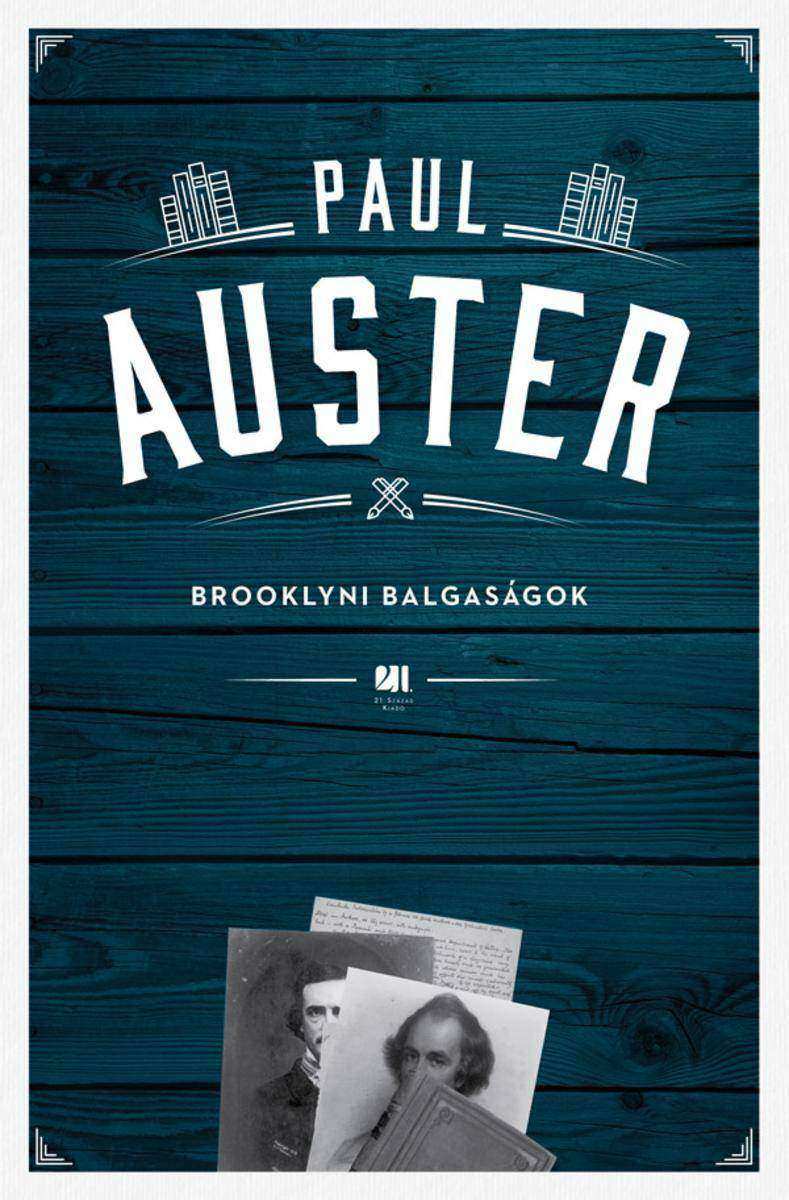
Brooklyni balgaságok
¥65.15
Ez volt ám az ember, ha kellett, a gáton, Nem terem ma párja hetedhét országon; Ha most feltámadna s elj?ne k?zétek, Minden dolgát szemfényvesztésnek hinnétek. Hárman sem birnátok súlyos buzogányát, Parittyak?veit, ?klel? kopjáját; Elhülnétek, látva rettenetes pajzsát, ‘?s, kit a csizmáján viselt, sarkantyúját.’ […] He was brave and fearless, always ready for fight, There’s nobody like him here and there and world-wide; If he would rise from dead and would come to your ranks, You’d believe all his things to be fancies and cranks. Neither three of yours could raise his ponderous mace And his sling-stones and pike and his iron sword-lace; You’d be well dumbfounded looking at his grand shield, ‘And at spurs he had on his boots in battle-field.’ ?

М?сто к?сток (M?sto k?stok)
¥26.65
Отдалить возрастные изменения остроты зрения и помочь нашим глазам в любом возрасте противостоять огромным нагрузкам, без которых невозможна, к сожалению, современная жизнь, помогут давно проверенные рецепты народной медицины. Рецепты вкусных и полезных блюд для ежедневной диеты, богатой жирными кислотами, аминокислотами, каротиноидами и витаминами, а также комплексы лечебной гимнастики и массажей при косоглазии, близорукости и дальнозоркости, астигматизме, рецепты фитотерапии для внутреннего и наружного применения, процедуры и упражнения для снятия напряжения при переутомлении глаз, советы для тех, кто много работает за компьютером и всех, кто заботится о своих глазах, помогут сделать эту заботу всесторонней, не тягостной и эффективной.Otdalit' vozrastnye izmenenija ostroty zrenija i pomoch' nashim glazam v ljubom vozraste protivostojat' ogromnym nagruzkam, bez kotoryh nevozmozhna, k sozhaleniju, sovremennaja zhizn', pomogut davno proverennye recepty narodnoj mediciny. Recepty vkusnyh i poleznyh bljud dlja ezhednevnoj diety, bogatoj zhirnymi kislotami, aminokislotami, karotinoidami i vitaminami, a takzhe kompleksy lechebnoj gimnastiki i massazhej pri kosoglazii, blizorukosti i dal'nozorkosti, astigmatizme, recepty fitoterapii dlja vnutrennego i naruzhnogo primenenija, procedury i uprazhnenija dlja snjatija naprjazhenija pri pereutomlenii glaz, sovety dlja teh, kto mnogo rabotaet za komp'juterom i vseh, kto zabotitsja o svoih glazah, pomogut sdelat' jetu zabotu vsestoronnej, ne tjagostnoj i jeffektivnoj.
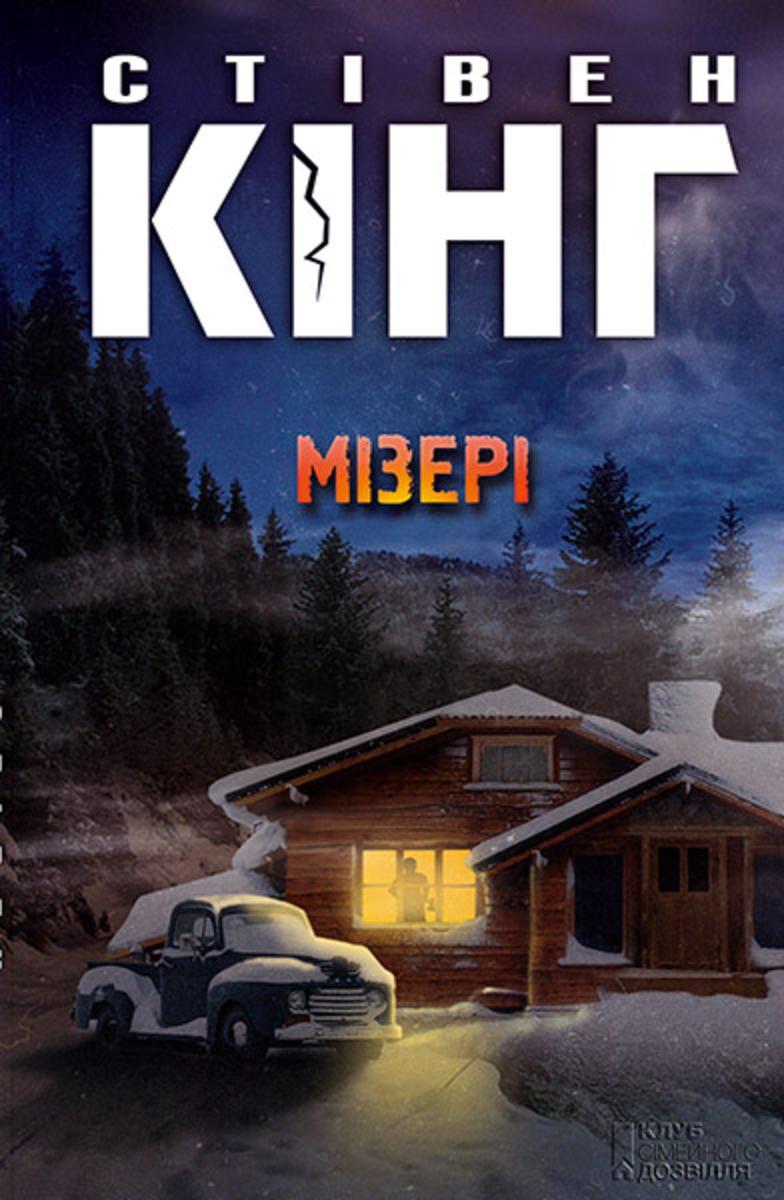
М?зер? (M?zer?)
¥27.06
нод дитяч мр збуваються. Дан Таарт керу найбльшою в кран залзницею. Генк Рарден запроваджу революцйну технологю в металург. Еллс Ваятт перетворю Богом забуту землю на промисловий рай. У хнх руках — наймогутнш корпорац, що вд них залежить доля крани. Вони — сучасн атланти. хня релгя — економка, хня вдповдальнсть — тягар усього свту. Колись вони мряли змнити життя суспльства, а тепер м доводиться чути, що вся хня праця лише помножу несправедливсть. Що всм людям потрбн однаков права можливост. Спершу атланти лише знизували плечима. Але настане той день, коли м остаточно набридне тримати цей свт на свох плечах. вони пдуть.




 购物车
购物车 个人中心
个人中心



